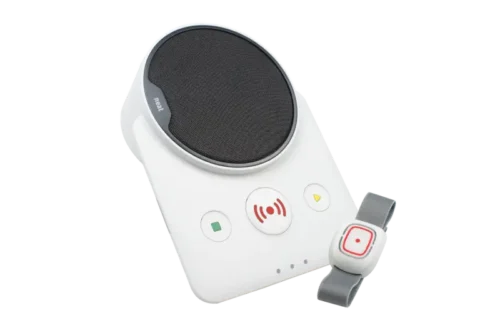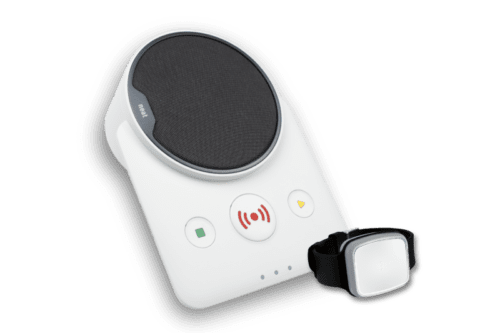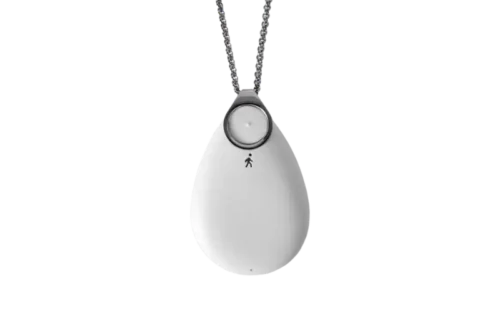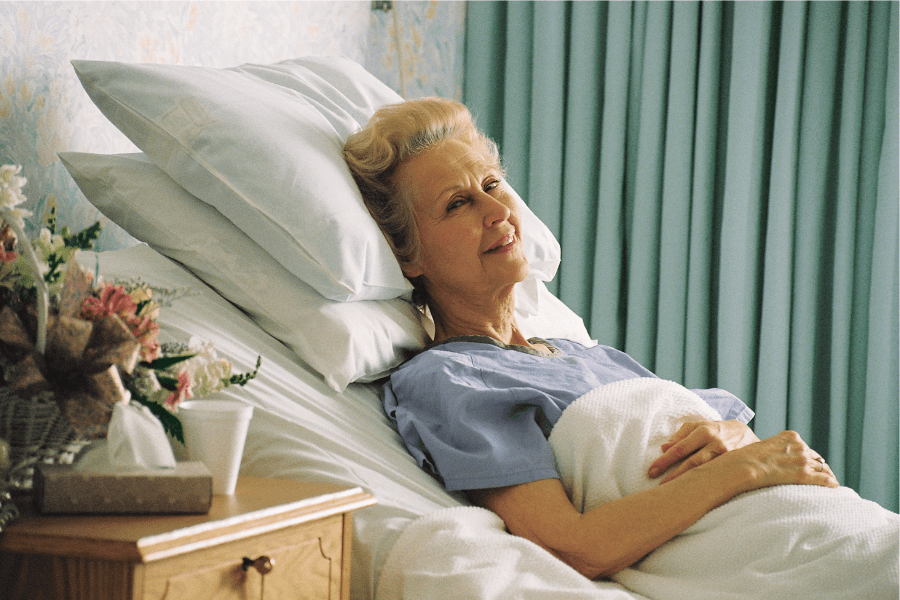In an interview with Daily Telegraph, Norman Lamb stated that the elderly of the UK is pushing the NHS to the brink of collapse. Calling the organisation “dysfunctional” because of a major problem with blocking beds.
The number of over 80’s admitted to hospitals is 5174 per 100,000 in 2020-2021. With the number of over 65’s expected to increase by 60% by 2031. We must quickly find solutions to this problem.
What is the Bed Blocking Problem?
The problem is that in the UK, some areas have a higher density of ageing population than others. In southwest England, for example, 39% of the population is over 50 and Wales is close behind at 37%. London has far fewer, at 26%, and is projected to grow the slowest in this age category. Over the next 18 years, according to the Office for National Statistics.
Mr. Lamb had stated that the ageing population is the biggest challenge facing the NHS in the 21st century. Identifying some areas where pressure can be relieved within NHS wards.
Solving the Bed Blocking Issue
The key this is reducing bed blockage, which is most common prevalent among older patients. Those who remain in the hospital for long periods of time as there is no other way to care for them.
A way to solve bed blocking is to assist elderly patients to return to their own homes. By using technology, we can release bed spaces for those who urgently need treatment from a hospital. As the reality is that mass adoption of this technology in the NHS is very slow, we are proposing telehealth as a way forward.
What Help There Is
We sometimes refer to readily available, simple technologies like Telecare as “carelines”. This allows elderly parents to be discharged from hospital at low cost so they can return home as soon as possible.
The personal alarm connects to the phone line. Which allows the user the ability to move around their home while wearing a wireless pendant. If the user is having trouble, simply press the pendant alarm. It is automatically connected to a 24/7 monitoring service. A highly trained staff member can figure out the problem and provide immediate assistance.
What a Personal Alarm Does
Using a personal alarm, we enable patients to be discharged from the hospital sooner than usual. Allowing them to return to their homes. All the while having the peace of mind that help is on hand when they need it.
Careline services are widely available. Many local councils offer them to their residents. While national providers such as Telecare24 make them available to anyone in the UK, including Northern Ireland.
Telecare24 works closely with many healthcare professionals to help patients leave the hospital. Therefore continuing to enjoy the comforts of their own home. This results in fewer bed blockings in hospitals.
What happens when a discharge nurse or other healthcare professional refers a patient to us? They receive a personal alert within 24 hours for the first four weeks. Afterwards, the patient decides whether to return the device or continue using it for a small weekly fee.
Positive Feedback
Mrs. Aldridge from Nottingham, who received a Telecare24 personal alarm under its Community Alarm Scheme after she was discharged from the hospital, said, ”To be able to return to my own home felt so good, and I feel I improved far better at home. I was a little nervous coming home on my own. To be honest; knowing I had a careline alarm installed and that I’d be able to get help if I needed it was a great comfort. Although I’m much better now, I’ve decided to keep the pendant alarm for peace of mind.”
Who Would Benefit?
We estimate that around 4 million people would benefit from having a personal alarm in their home. However, only 1.7 million are using the service so far. Perhaps it’s time for the NHS to really push this technology. The potential savings to the NHS are well documented. We wait for Telehealth technology to be widely adopted. Careline solutions could provide immediate relief to those creaking NHS wards.
There is also evidence that home adaptations can help older people return home from hospital sooner.
If you’re wondering about how to find the right careline service or would like to read more articles, please visit our blog.




